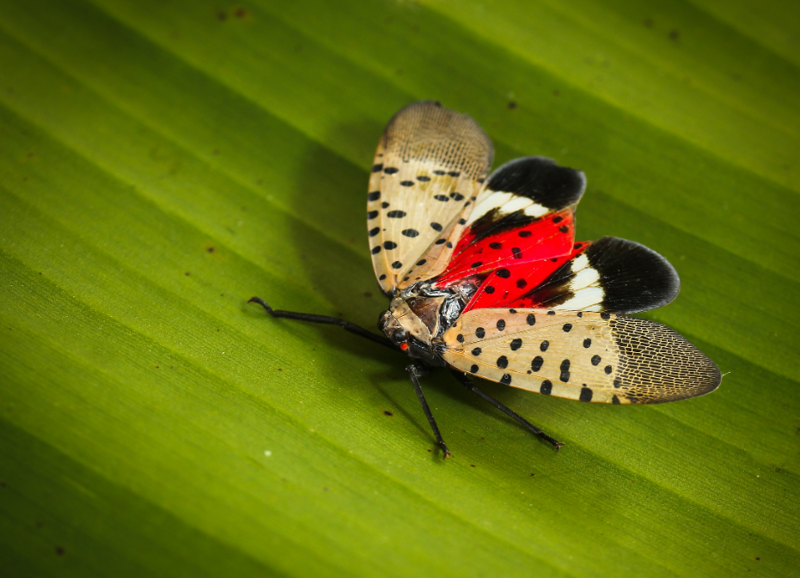
- Blog /
- The Ugly Truth About Beautiful Spotted Lanternflies

Receive 15% OFF a Lawn & Arbor program and Tick & Mosquito services this summer! Click the button below to get started.
This promotion is for new Lawn & Arbor and Tick & Mosquito customers only, certain terms & restrictions may apply. Offer expires June 30, 2025.

Our latest series features one of our expert technicians investigating different pest issues in a home. Watch now to learn more!
To begin, search by terms or keywords for pests, services, industries and more.
